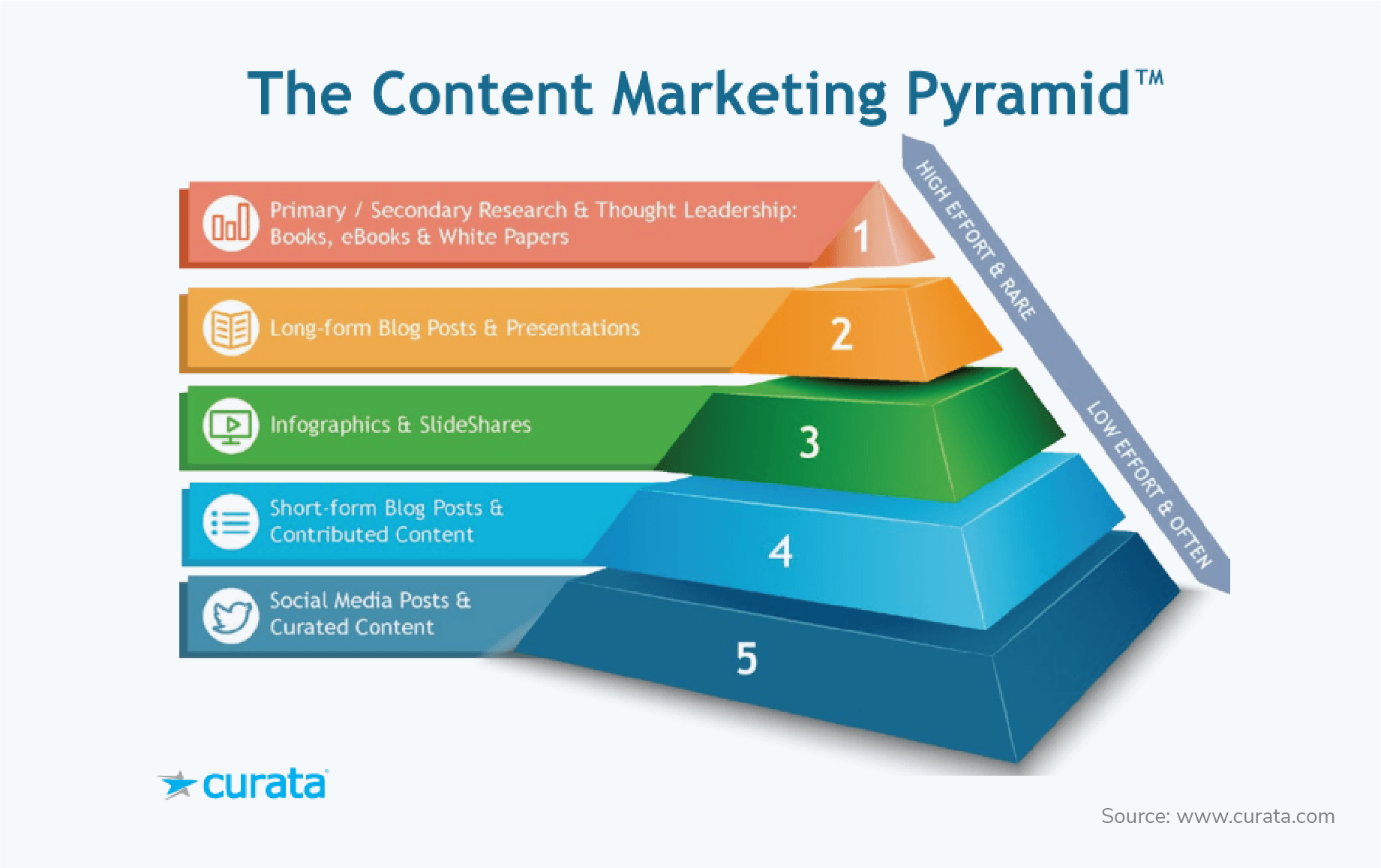How To Make Good Online Content
How to create good content that will stand out from the crowd.

Technology has democratized content creation. Anyone can now get online and be a publisher within seconds, and the amount of data in the world is rapidly increasing. At the same time, we are all being bombarded with information from multiple sources, and our attention spans are shrinking! Who reads a long newspaper article anymore?
If you want to truly make a difference, your content has to get attention. It needs to stand out amid the enormous amount of information your audience is receiving. Just think how many messages you receive everyday. Do you carefully read everything? What gets your attention? Here are some essential tips to making good content that will stand out from the crowd.
Make a good first impression
First impressions count online, just as they do in life. They are very important to quickly get the attention of first-time visitors to your social media pages. Ensure that the cover photos and avatars on all your social media accounts are as visually appealing and as consistent as possible to link all your communication back to your organization.
You may choose to leave your cover photo blank or a solid color. You can also upload multiple images. Choose DIY templates here for many different social media networks to help craft a strong look and feel for your organization. Use your own images, or select one of the available library images to design banners, headers, cover art, and much more.
Use branding
Some people find the idea of branding distasteful, even manipulative, something that big business uses to fool us into buying things. There’s nothing inherently bad about branding. It’s simply a tool that can be used for good or bad. Some organizations use it extremely effectively to attract followers and incite them to act. You can use it to make your message stand out for the good of your communities.
Start to use branding by making everything on your social media accounts look the same—similar colors and fonts. Your audience will begin to recognize your messages. Be consistent as well in how you speak and write. This will also help to build recognition.
Read “Why You Need to Think like a Brand” for more information.
Use the content marketing pyramid
Consider all the different types of content that are available, from books right down to simple tweets. They are appropriate for different situations. There is also a difference in the cost and effort it takes to produce each type of content.
The content marketing pyramid below is a very handy way to think about content types and how often to use them.

How to use the content pyramid:
The higher you climb a pyramid, the more effort is required. Books and white papers at the top of the pyramid take more effort to produce and longer to read. Social media posts are easier to generate and used more often. They’re also cheaper.
To create engaging content take your main content and translate it into microcontent.
Main content: Start at the top of the pyramid with trusted, longer content—books, research reports, blog posts, videos, podcasts. This is lengthy, detailed information that dives deeply into different issues that you want people to care about and take action on. You can post links to longer content on social media, but you need to make those posts engaging. Make people want to read further by providing an intriguing synopsis.
Microcontent: Adapt your main content to create simpler elements that are short, concise, and clear. Make it easily digestible! Microcontent may be stand-alone content like individual thoughts in tweets or single photographs.
Create diverse content
Too much of the one thing would be boring, right? Use a mixture of content to attract people’s attention.
- Promotions for campaigns or projects
- Upcoming events
- Impact and success stories
- Comments and testimonials from beneficiaries
- Organization culture and stories
- Stories of team members or volunteers
- Current affairs (including memes and gifs!)
- Links to helpful resources
- Reports and research findings
Stay focused
Always remember your key message. What do you want to tell your audience? You can tell them in different ways using different tools, but don’t lose sight of what you want to say. Stay focused on your organization’s core topic. For example, cute cat photos have no place on an anti-hate-speech Facebook page, unless the cat is giving relevant advice!



 Back
Back